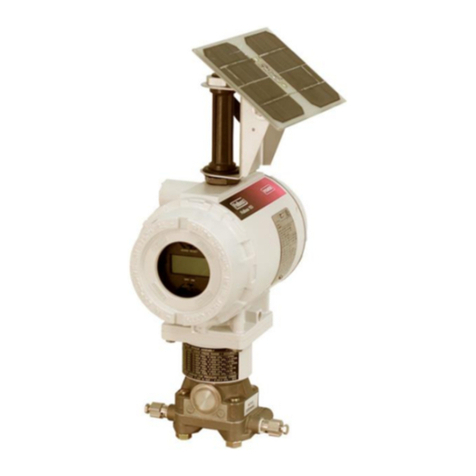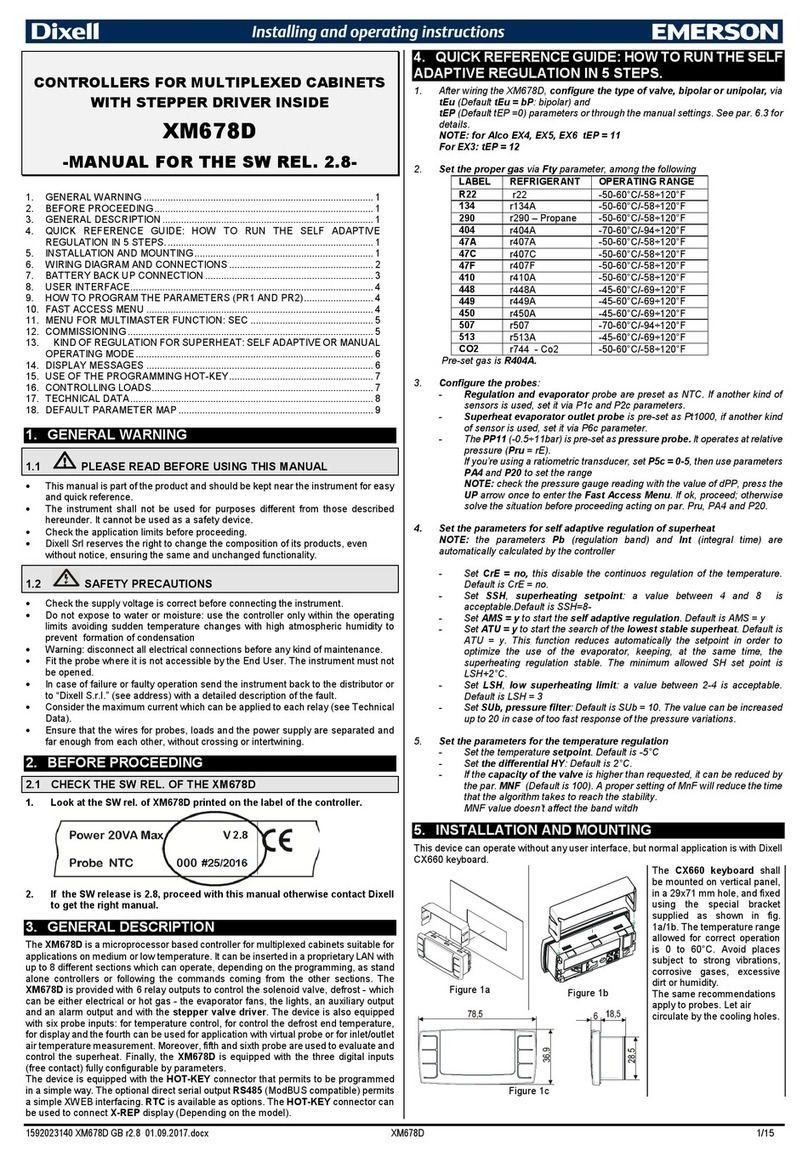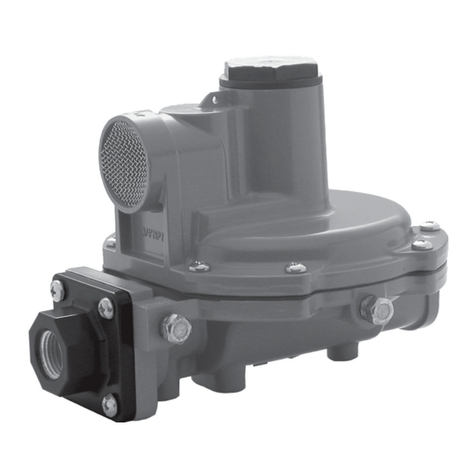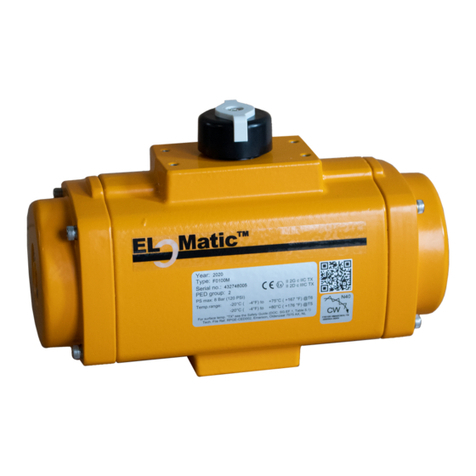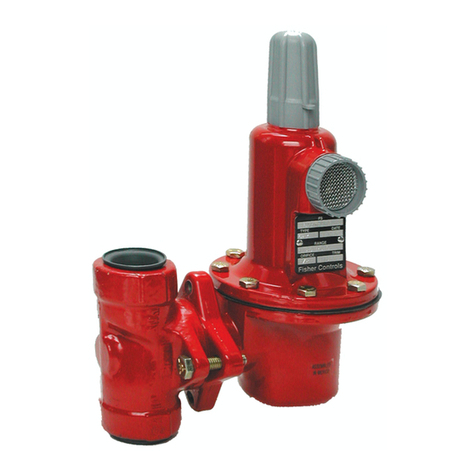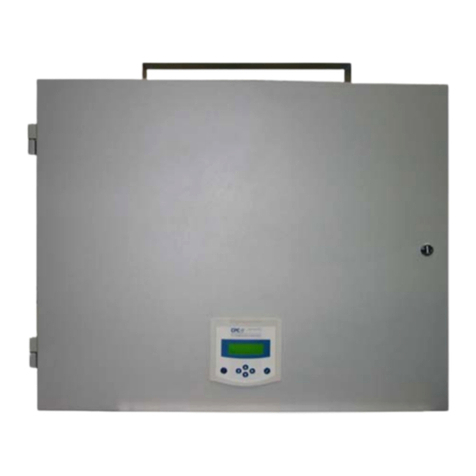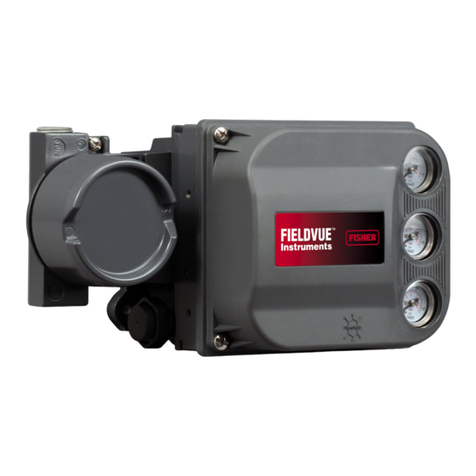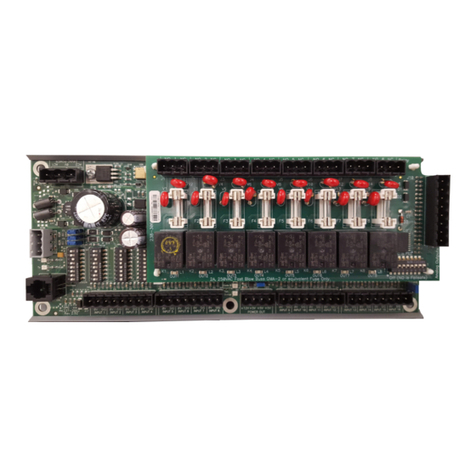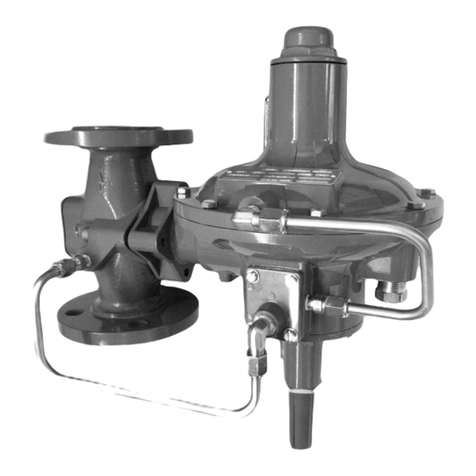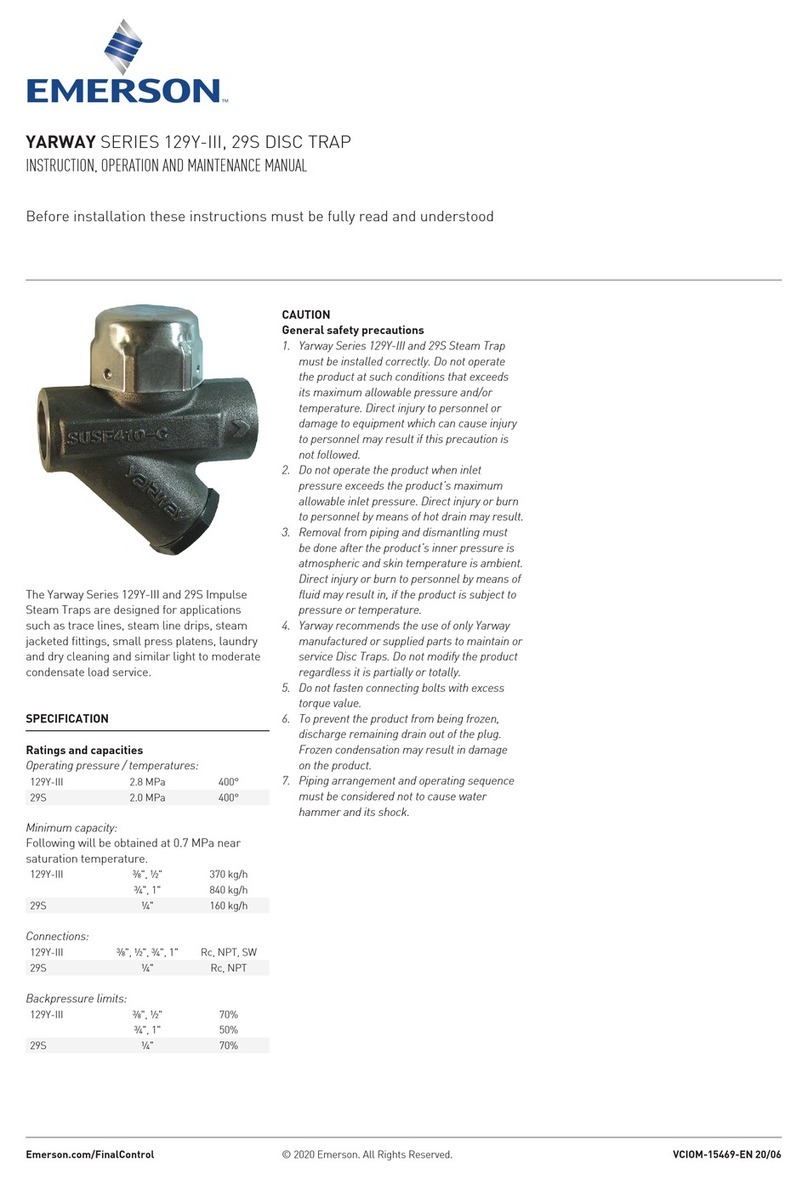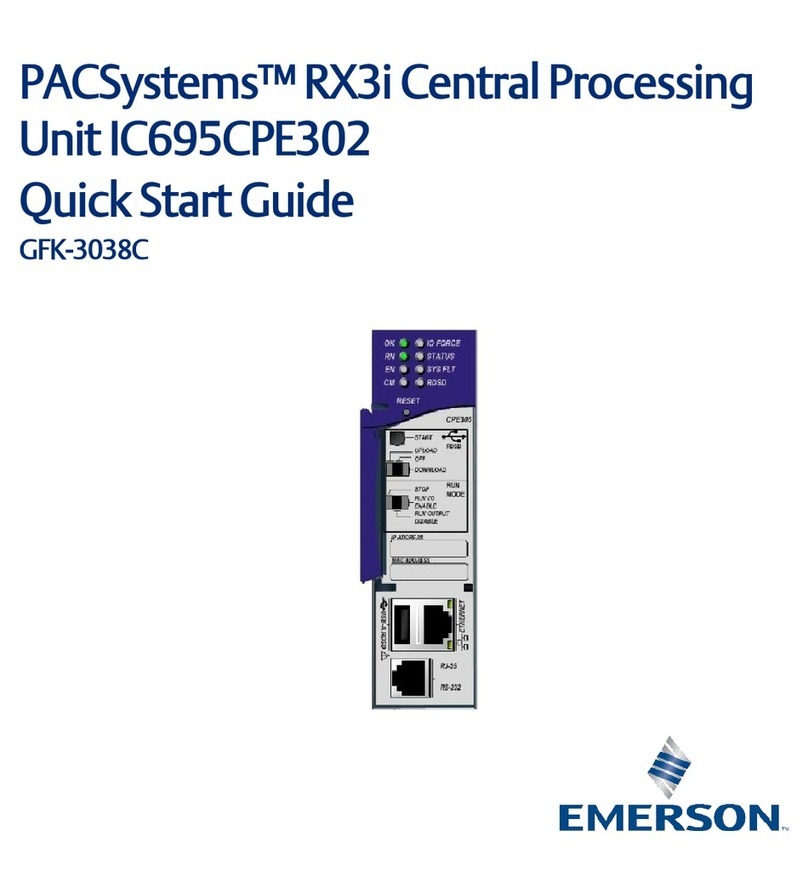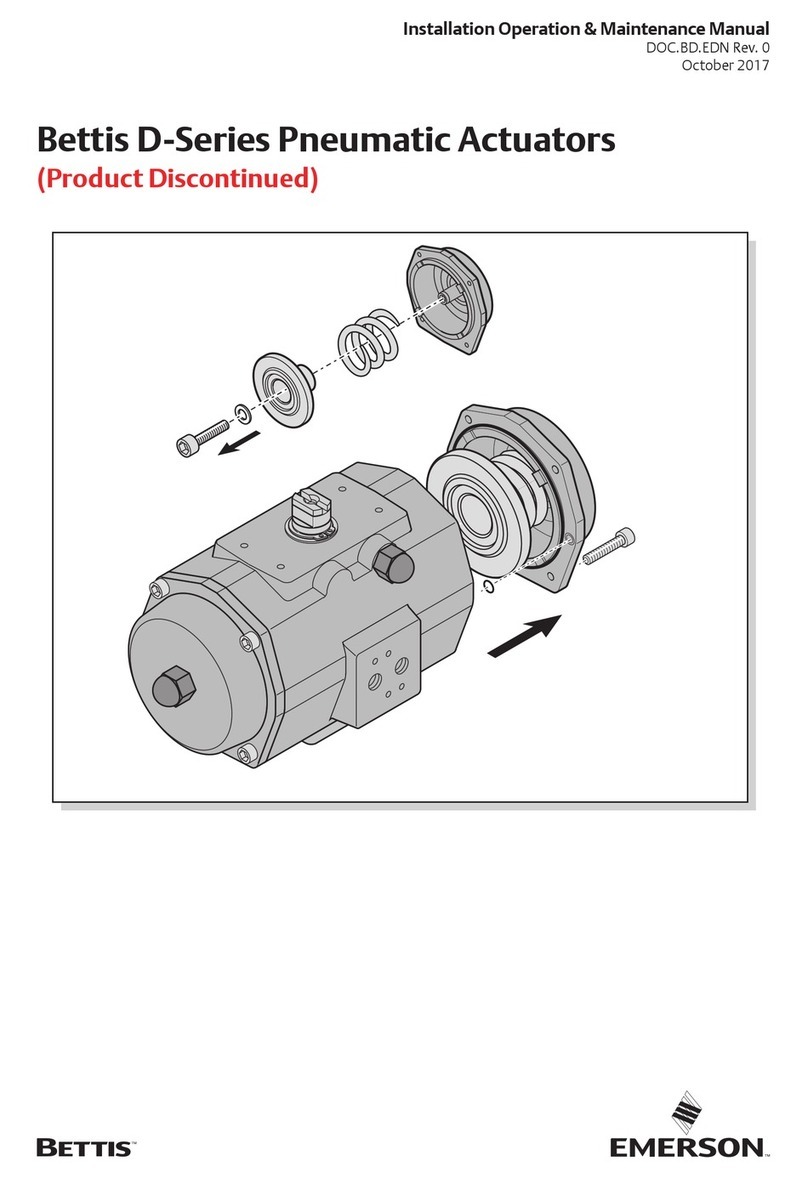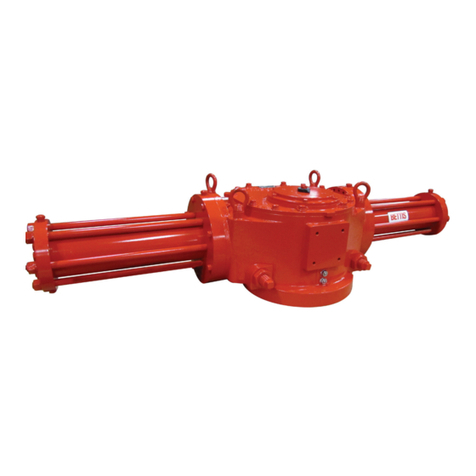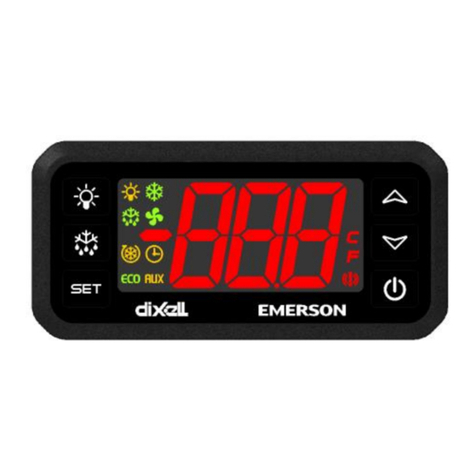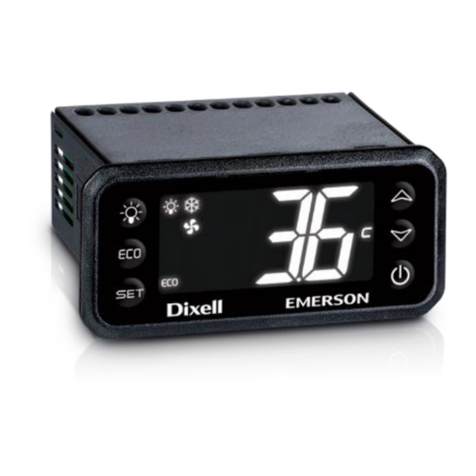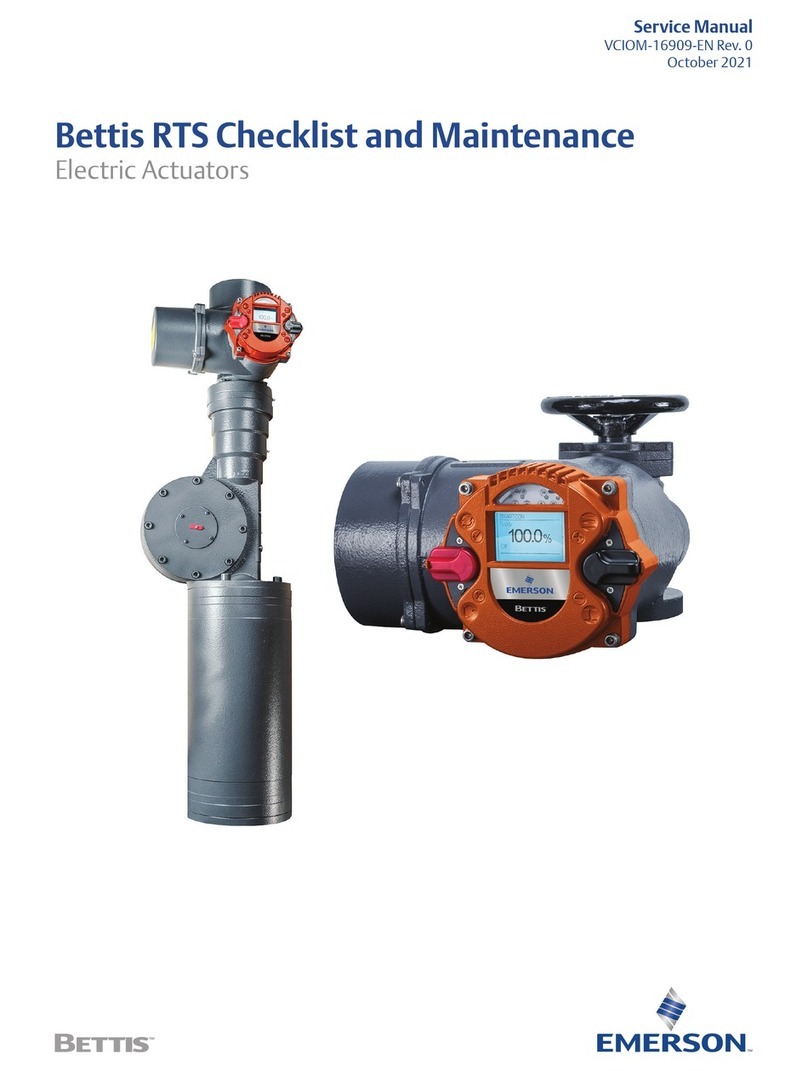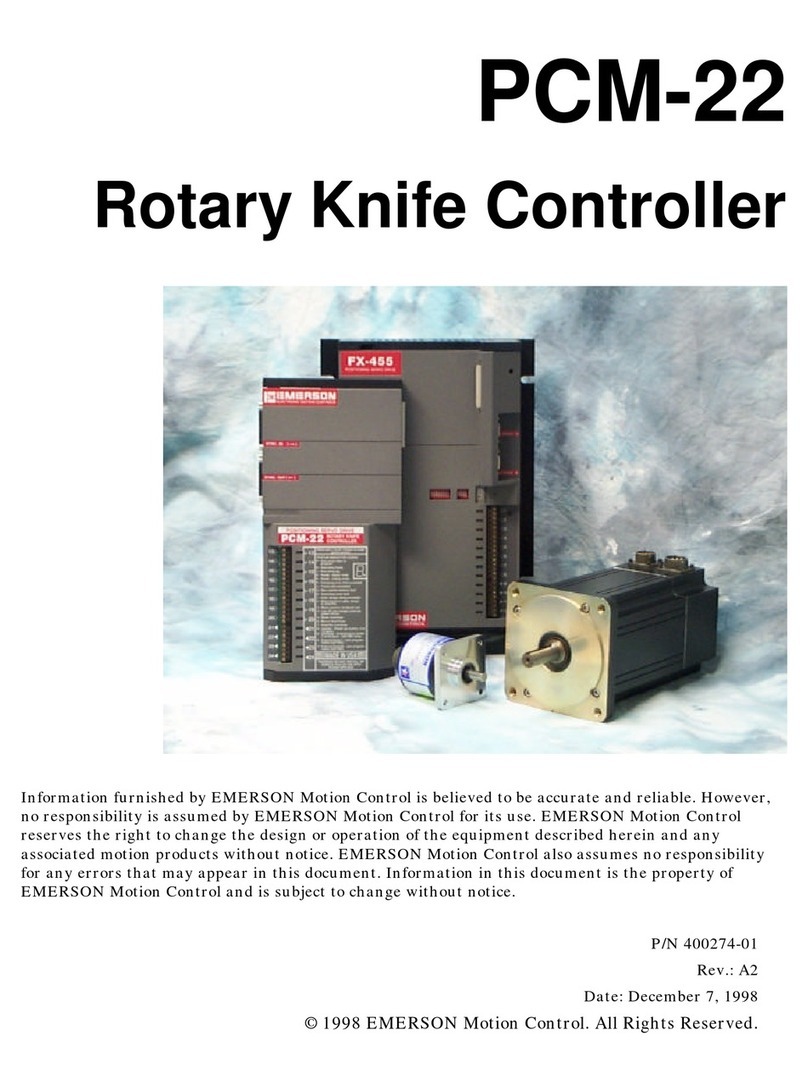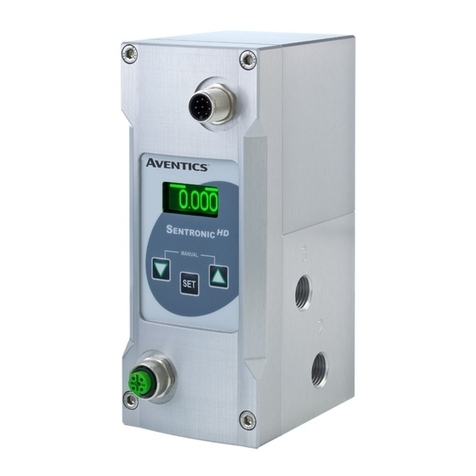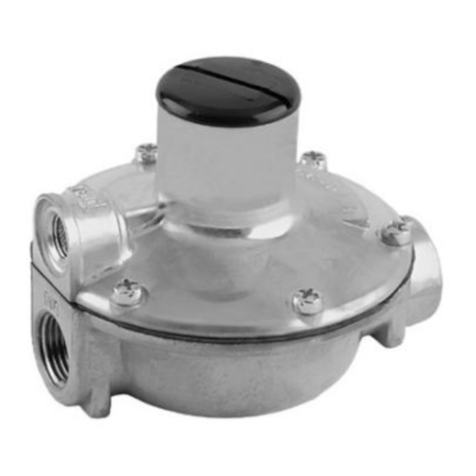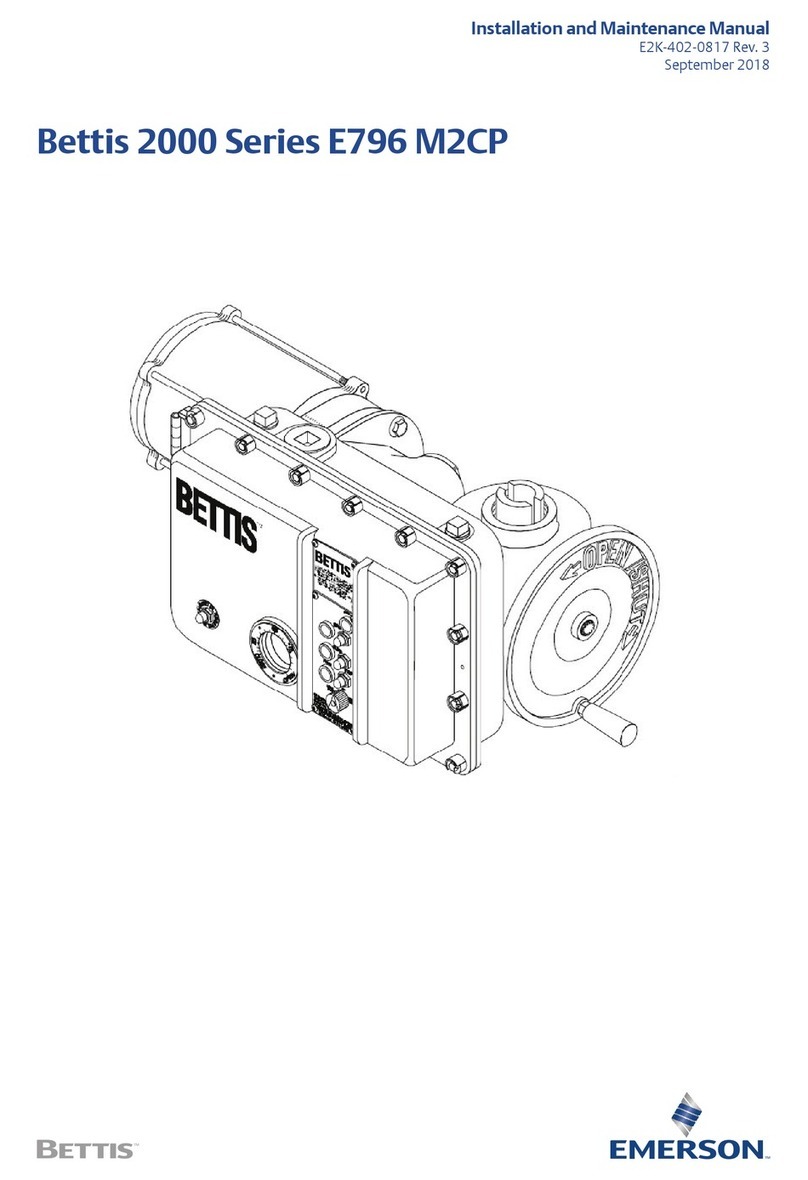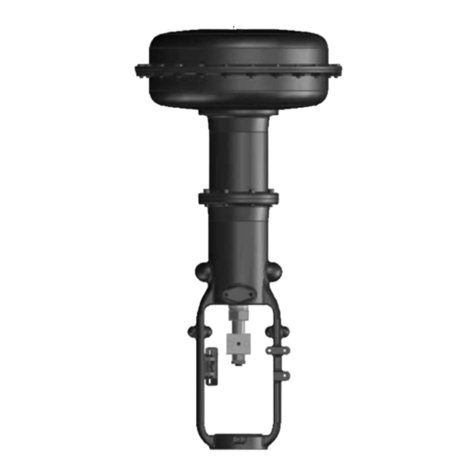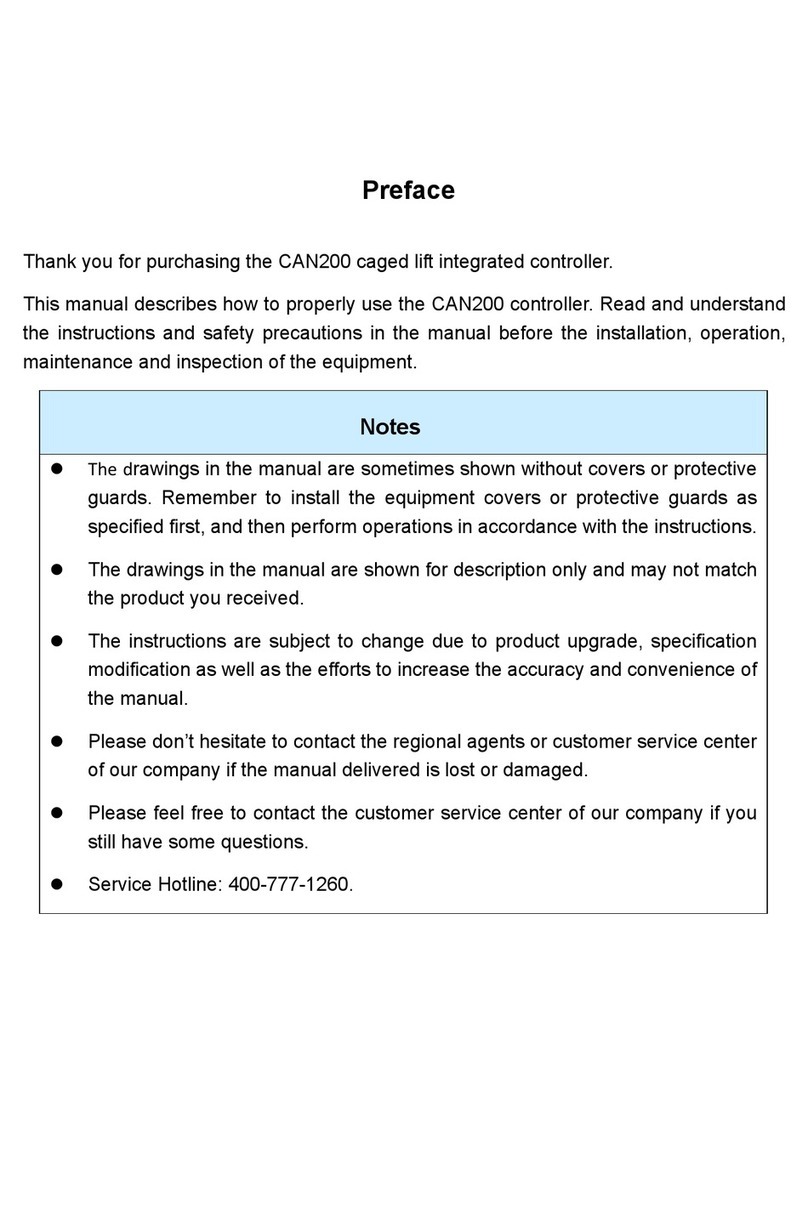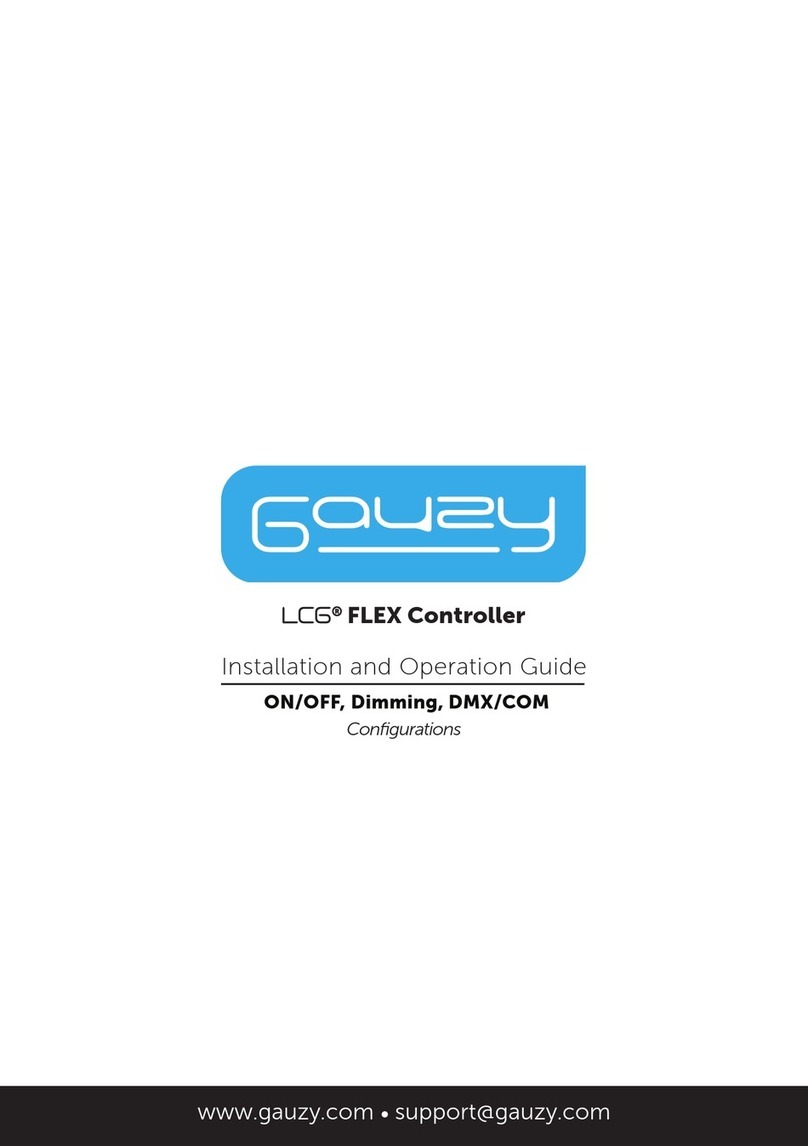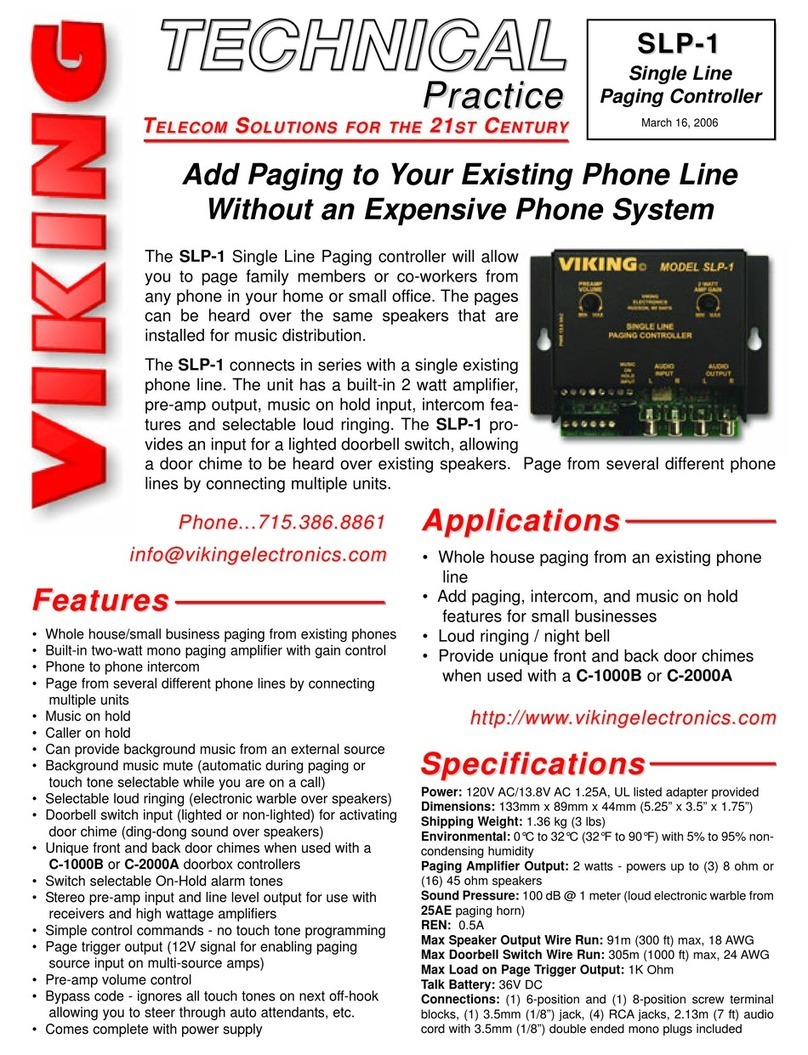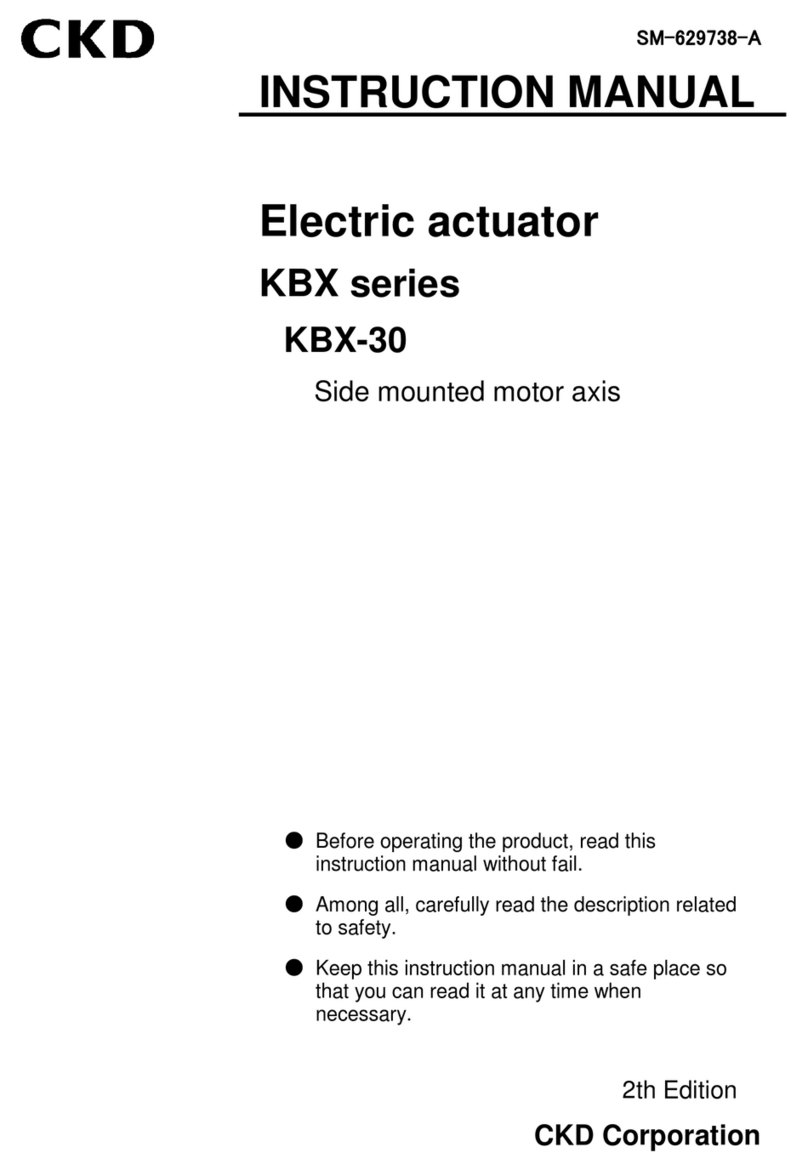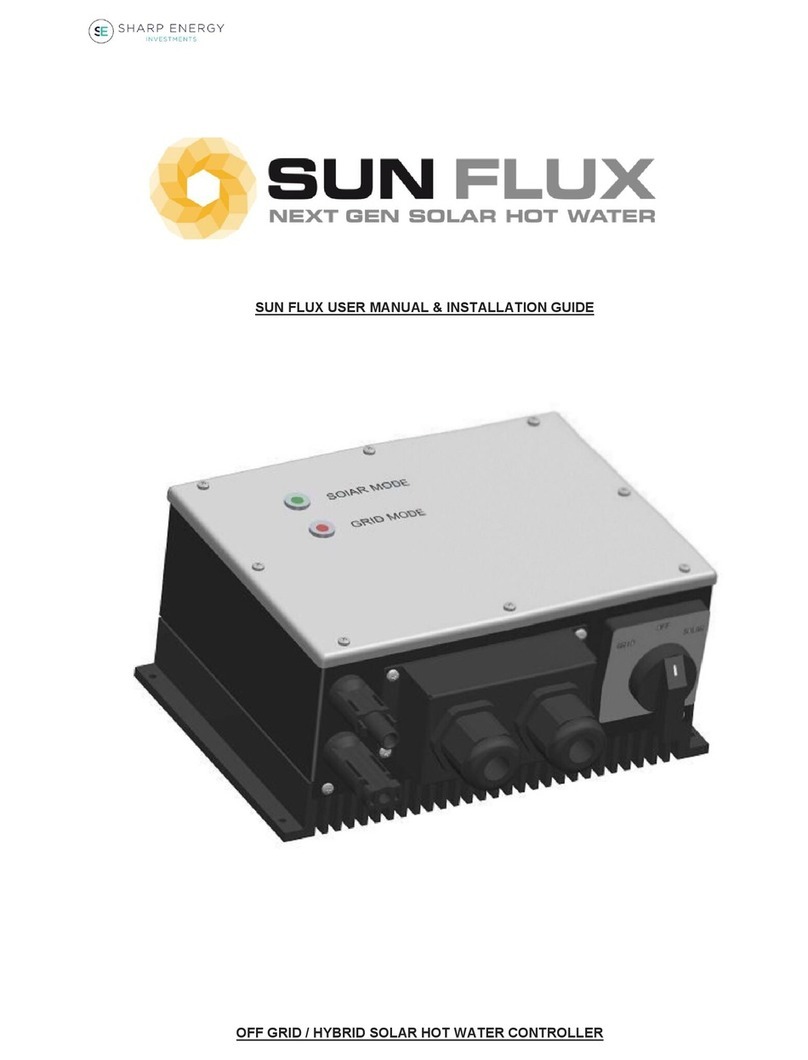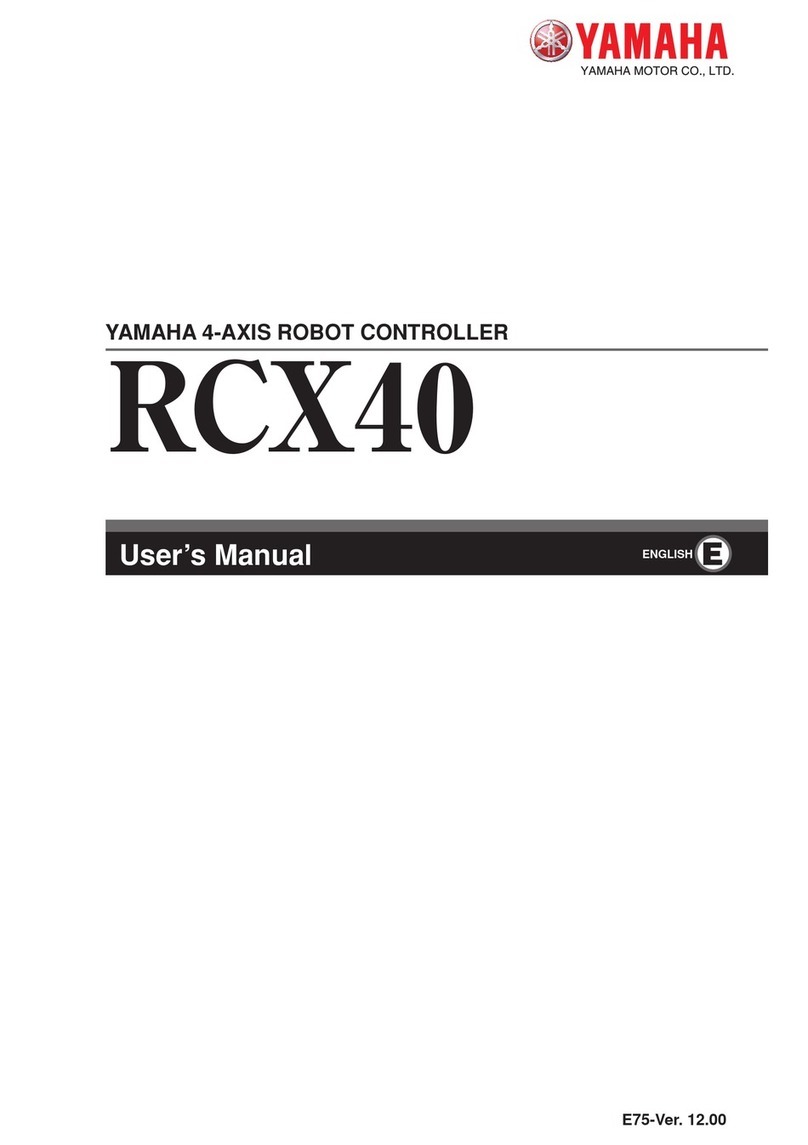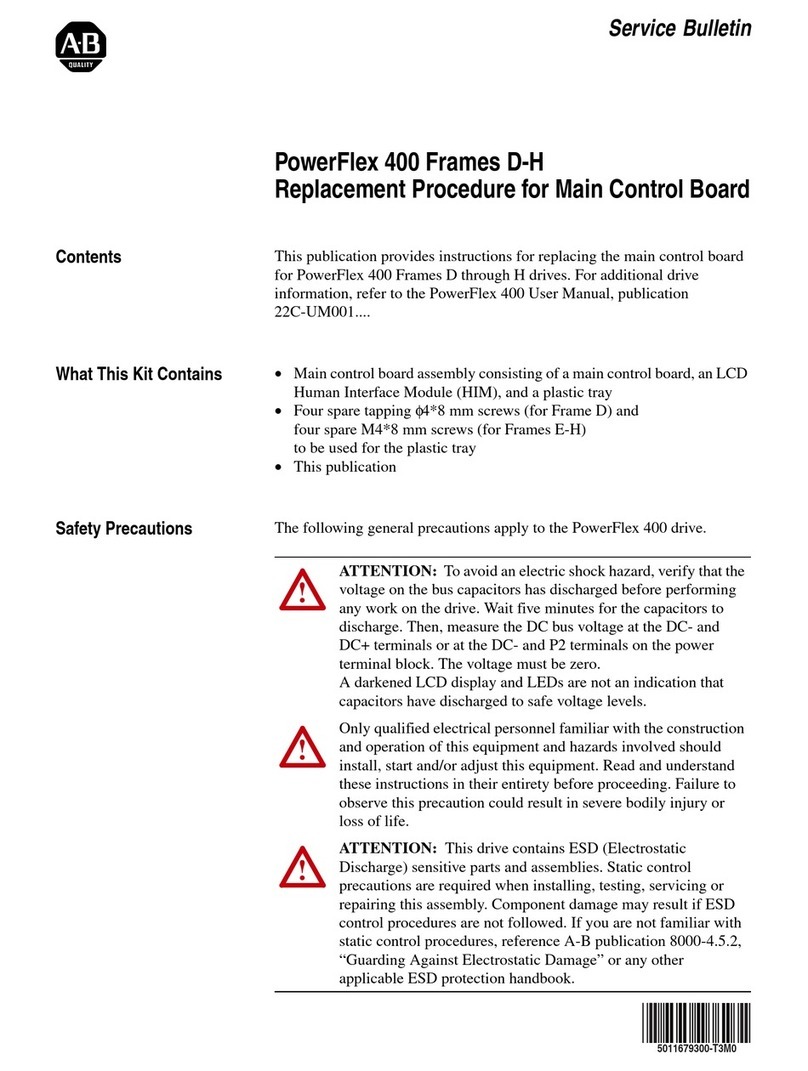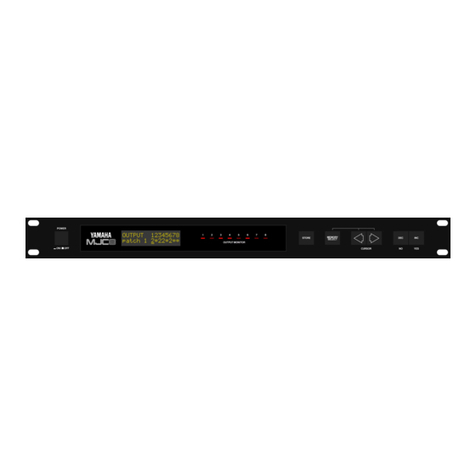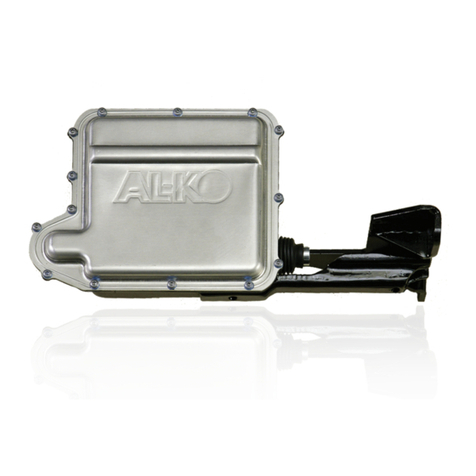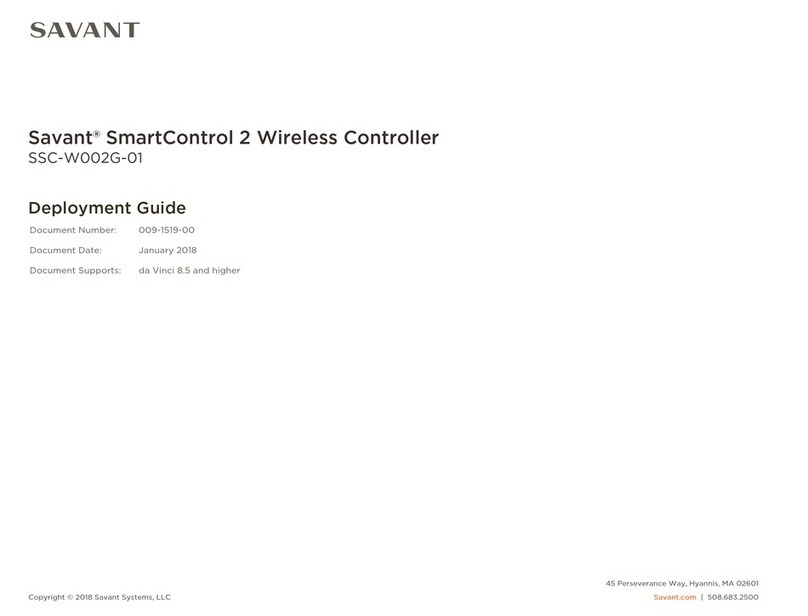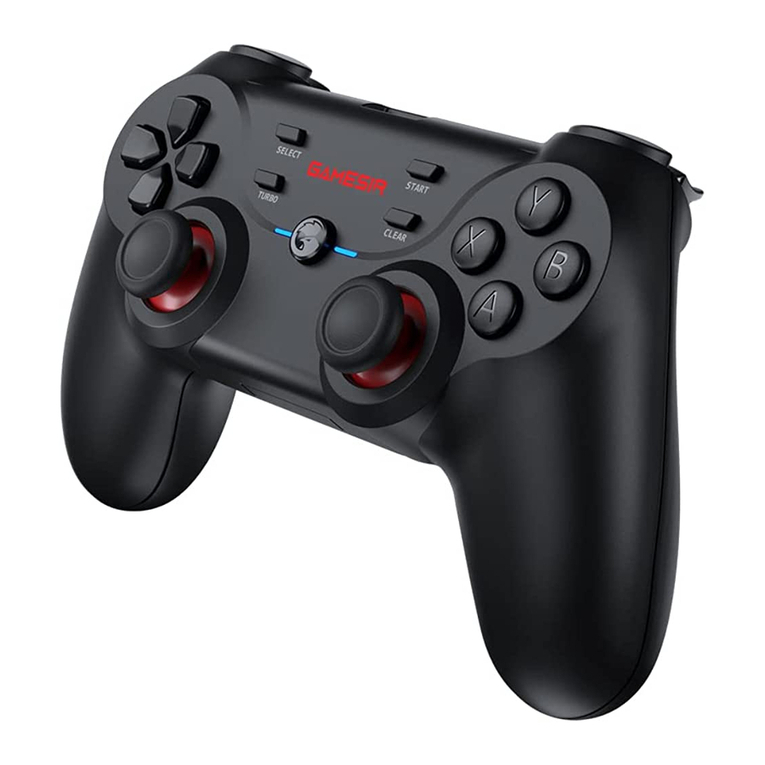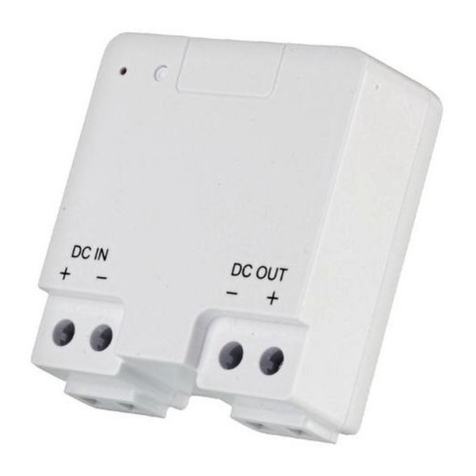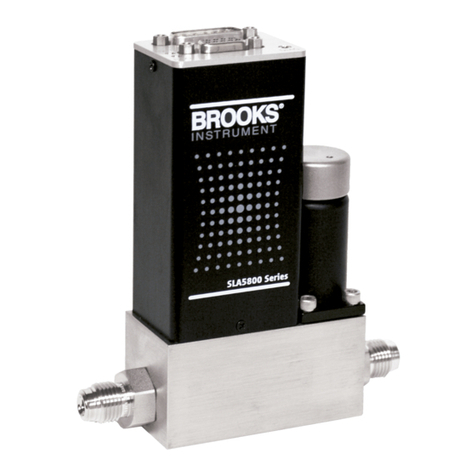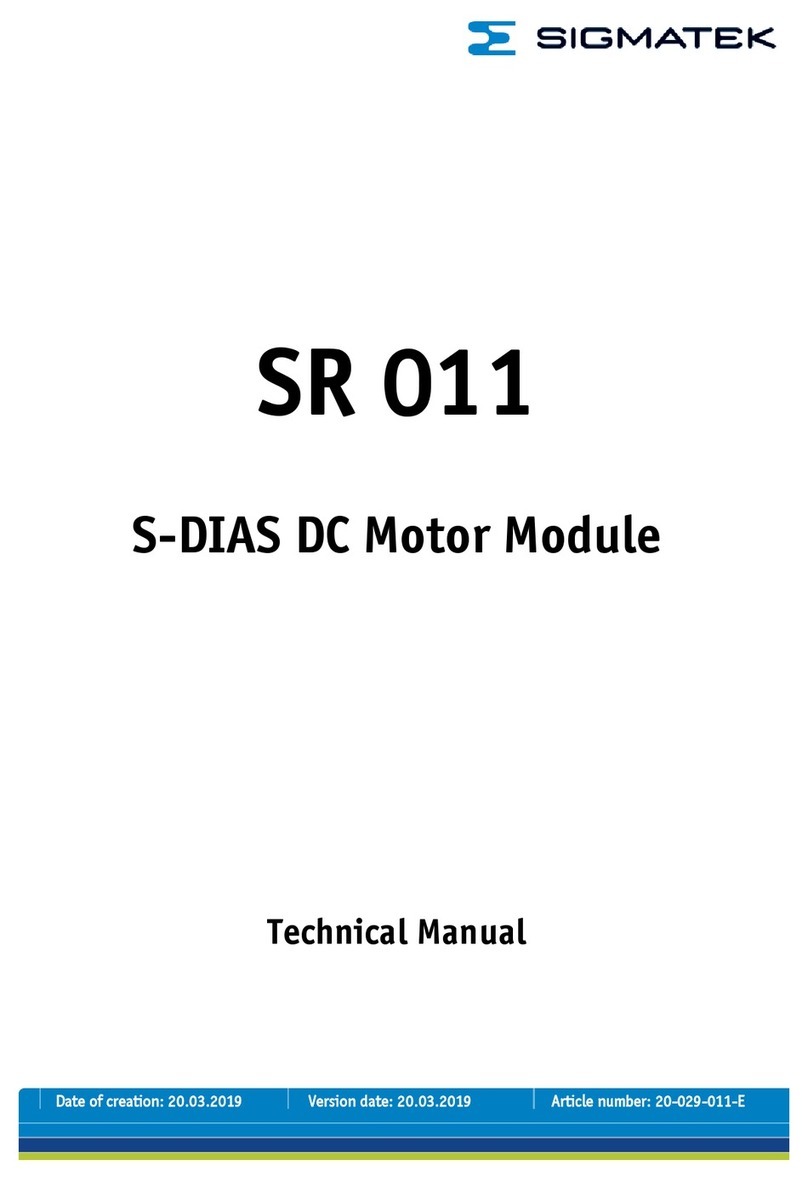
Main Valve
1. Flush the piping system thoroughly to clear it of
welding beads, scale, sand, etc.
2. Mount the main valve with diaphragm chamber
down and arrow on body pointing in the direction
of flow.
3. Mount screwed end valves in unions.
Pilot
1. Mount the pilot with the bulb projecting entirely into
the liquid or air being controlled.
Note
If the body is not in a horizontal position
with air gauges on top, loosen the
set screw (key 5) on bottom of body
nearest the bulb and rotate the body to
horizontal position.
2. Retighten the set screw.
3. Connect a reliable source of clean compressed
air (not to exceed 32 psi / 2.21 bar) to the inlet of
the pilot.
4. Set the supply air at 2 psi / 0.14 bar above the
maximum desired air signal. If air is available at a
higher pressure, install a pressure reducing valve.
5. Connect pilot outlet to 1/4 in. / 6.35 mm tap on top
of pressure pilot.
Start-up and Setting
▲ WARNING
The controller may be handling
hazardous fluids. Only qualified
personnel, who are familiar with the
installation, should be permitted to
install, readjust, inspect or maintain
the controller.
△ CAUTION
Insulation, may be applied to the pilot
body only. Do not insulate the bonnet.
1. Shut off supply air.
2. Set temperature adjusting knob at the lowest
temperature setting.
3. Turn on supply air. The supply air should be set
at 2 psi / 0.14 bar above the maximum desired
air signal.
Note
If air is available at a higher pressure,
install a pressure reducing valve. No
more than 1 to 2 lbs / 0.45 to 0.91 kg
should show on the control air gauge
(supplied with the T61 Series controller).
4. Gradually turn up temperature adjusting knob
until rising loading air pressure causes regulator
to open. Continue raising temperature setting
in this fashion until desired control temperature
is reached.
5. The T61 Series controller is factory set so that 5
degrees variation above and below the controlled
temperature will cause the loading air pressure
to vary approximately 8 lbs / 3.63 kg. The factory
setting produces satisfactory control.
6. If closer control is desired, the sensitivity of the
T61 Series controller can be increased by turning
the sensitivity screw (key 7) clockwise. This
will cause the control temperatures to move to
a position below the set point. This effect must
then be corrected by readjusting the temperature
adjusting knob (key 4).
7. Adjust slowly, turning the sensitivity screw no
more than 1/8 turn and allow two to three minutes
after each adjustment for the system to settle out.
Practical range of adjustment of the sensitivity
screw is 1/2 turn from the factory setting.
8. After final setting is reached, release the set
screw in the temperature adjusting knob and
reposition it so that the indicator is aligned with the
temperature being controlled. Retighten set screw.
9. If the hunt develops (a steady swinging
temperature) when the sensitivity is increased,
the temperature pilot is being called on to function
at a setting finer than the installation will permit.
At this point, factors such as thermostat location,
reexamine trapping and valve size.
10. If the regulator swings immediately on startup
and does not settle out and decreasing the
sensitivity by turning the sensitivity screw (key 7)
counterclockwise cannot be tolerated, restudy the
installation as a whole.
4
T61 Series
